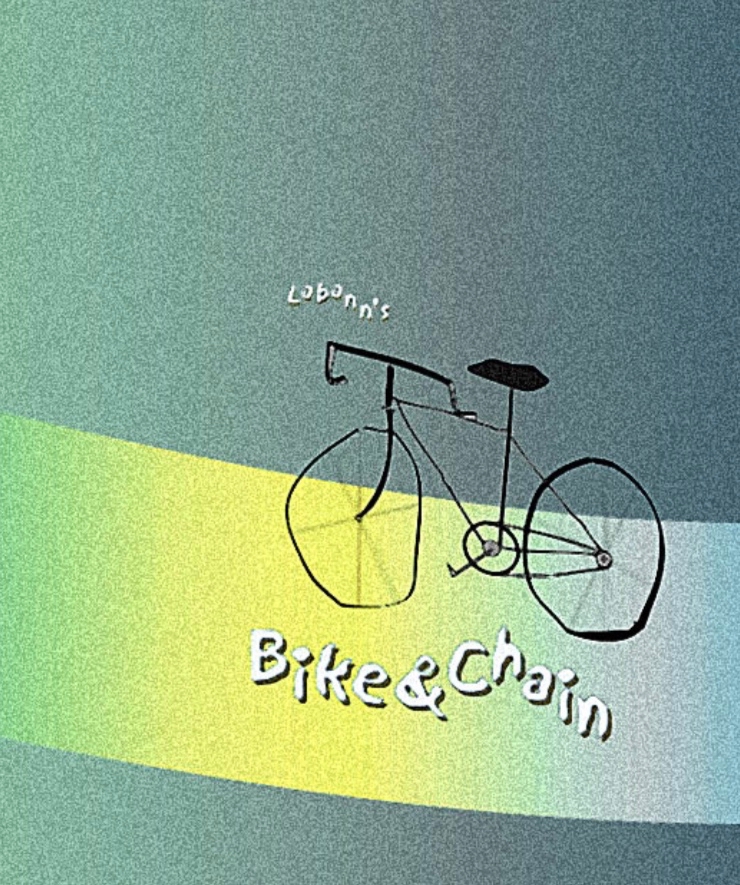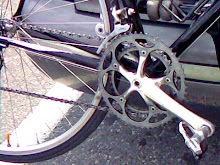On information overload, nobody today wants to sort through facts, though one must find what’s worthwhile hidden beneath ordinary hype, or get someone else to do it. A Cycle Trades of America 1940 ad proclaimed, “A bicycle is a boy’s birthright,” but motoring scammed most of them out of it during subsequent decades. You’re reduced to armchair cycling when roads no longer support car-less self propelling. Actor Will Smith warned Hollywood hype machine they can no longer cheat audiences into watching bad movies, but if you buy ticket you ought to take the ride, and USA remains sadly gullible as proven, not repudiated, by social media. Besides, who’s to deem any movie bad? Measure isn’t its budget, guilty of both flops and hits despite investments, but how story resonates, which could mean revisiting what’s familiar or taking viewers where they’ve never before been.
Aim depends on what direction you wish to reattain. Bliss can only be achieved by ignoring media totally from onset, too late after decades of education and exposure. Instead of paragraphs or scenes, motionless images may suffice, but, if you explore further, they suggest a plethora of backstories and explanations, and thereby offer empathy in suffering but no solace in silence. As in other art forms, a painting or photograph may incidentally or mainly depict ubiquitous bicycles as an aspect or attraction. Bicycle Fine Art is a New York showcase that offers emerging art but none related to bicycles.
This year, Jules de Balincourt referenced dystopia, exodus and globalization when he studied bicycling in 2 original oil paintings, “As Far As We Could Go West” [shown here] and “Cycledelic Wanderers” [now being shown at Joyride Art Exhibition in Brooklyn]. Both represent reality within abstract landscapes, sort of a mashup of fact and imagination, which has become a popular motif. Nonrepresentational art, unlike representational, perceives what is inwardly observable, not outwardly, thus expands universe of what can be experienced. Landscapes can be less exciting than twisted memories, what you ultimately retain whether factual or fantastic.
Fine Art America lists 10,000 objects labeled bike art including 4,100 paintings, though many relate only to motorcycles or reprints of old masters. Notable original examples among them? Andrew Macara has a handful of oil paintings capturing 20th Century summer light. Arlon Rosenoff attacks bikes of all types with a palette knife for 10 impasto treatments. During the last decade award winning oil painter Colleen Proppé has portrayed several relevant San Francisco scenes. Linda Apple loves lines and shadows in hyperrealist oils. On 28 canvases, Peregrine Roskilly enthused over World Naked Bike Rides held every June to protest Big Oil domination. Ryan Radke has at least 4 postmodern cityscapes patrolled by bicycle, reminiscent of George Stein’s Belle Époque impressionist images of Champs Elysses, which naturally featured bicyclists amidst traffic a century earlier.
Marilyn Dunlap represents Paris romance in a pâtissier's dozen of acrylics. Phyllis Andrews amuses with 26 humorous, meaningful and tidy acrylics on board and canvas. Hers contrast with Carrie Nixon’s, who had [at Procycle 2009] a dynamic, large format acrylic and charcoal on handmade paper [shown left] meant to explore control and lack thereof while cycling fast in winter.
Oregonian Jenny Armitage has at least 15 watercolors of bicycles and bicyclists in European cities, though she depicts 3 times as many musical instruments, which do possess similar lines and shapes. Australian Shirley Peters recently celebrated Tour de France pelaton in a series of 35 watercolors.
Antonio Grambone produced several evocative photographs with urban themes. Sports photographer Bob Christopher snapped 55 action shots and racer portraits. Odd Jeppesen’s contemporary collection tightly focuses on dismembered components in every season.
Monday, June 27, 2016
Subscribe to:
Post Comments (Atom)






No comments:
Post a Comment